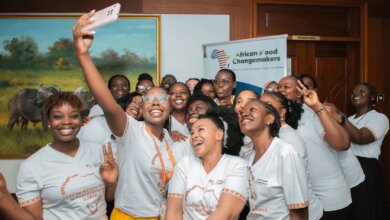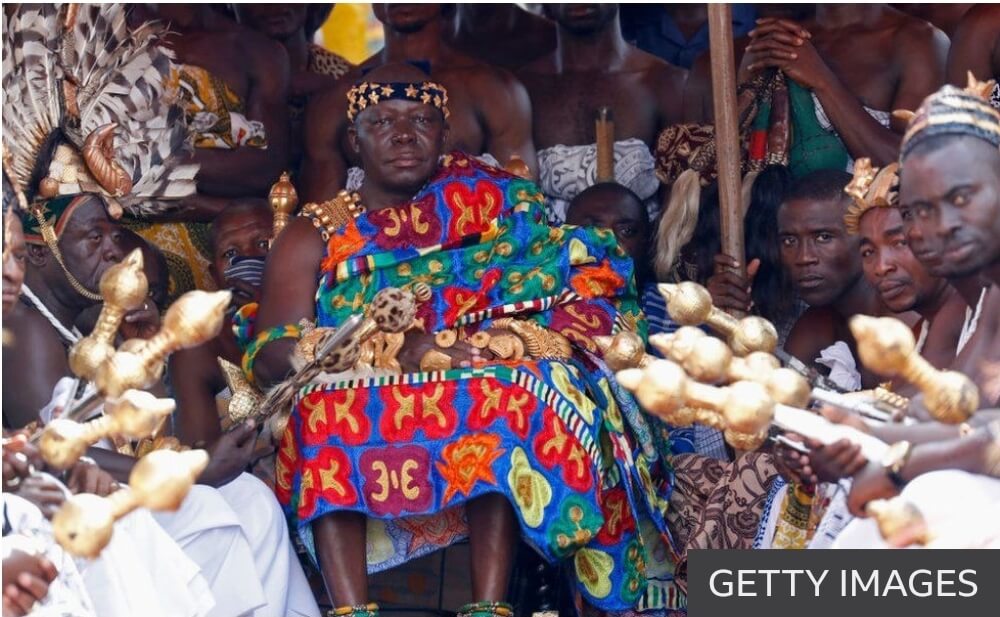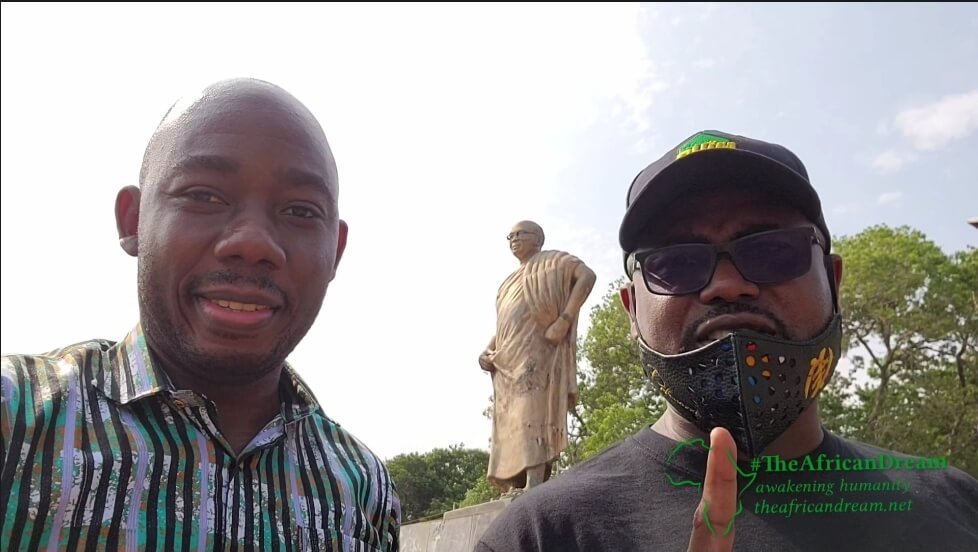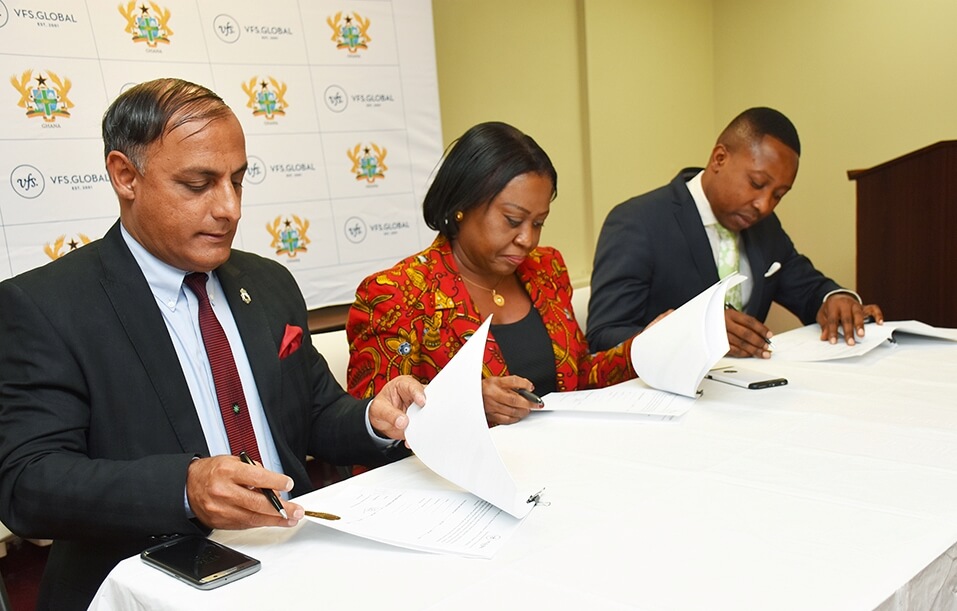Thousands flee into Uganda following clashes in DR Congo
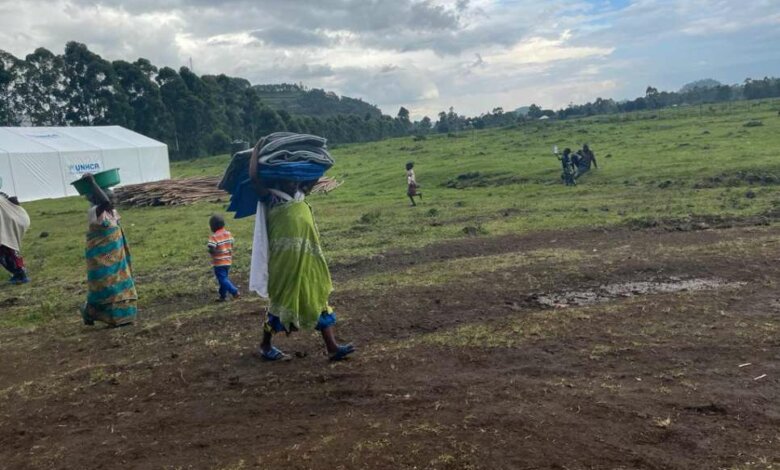
This is a summary of what was said by Joel Boutroue, UNHCR’s Representative to Uganda, to whom quoted text may be attributed – in a press briefing at the Palais des Nations in Geneva, on Friday, April 1.
UNHCR, the UN Refugee Agency, alongside the Government of Uganda and humanitarian partners, is assisting some 10,000 refugees in the country’s southwest Kisoro district after they fled violent clashes in the Democratic Republic of the Congo (DRC) which began on 28 March 2022.
Thousands of children, women, and men have arrived from Rutchuru territory in the DRC, some 8 kilometres from the Bunagana border crossing in Uganda’s Kisoro district. In addition, nearly 36,000 people have been displaced within the DRC. Most are being accommodated by host families, or in markets and schools.
Security conditions are making it difficult to reach those affected, but a taskforce led jointly by UNHCR and the World Food Programme is being established to organize the delivery of humanitarian assistance.
As people arrived in Uganda on 28 and 29 March, artillery fire and gunshots could be heard from across the border, indicating that clashes were ongoing. Six people arrived with gunshot wounds and were taken for treatment.
UNHCR and Uganda’s Office of the Prime Minister – which manages several transit centres for asylum seekers along the Congolese border – are responding to the emergency in coordination with district and local authorities and our partners.
UNHCR has already relocated some 2,350 asylum seekers to the nearby Nyakabande transit centre.Heavy rains have made conditions even more difficult for people who arrived with only the few belongings they could carry.
Currently, Uganda has closed the Bunagana border to trade but is thankfully allowing asylum seekers to enter the country. Other asylum-seekers are using irregular border crossings. We have also observed many unaccompanied children, older people and wheelchair users among those fleeing the violence.
Read Also: Pope Francis will Visit Congo & Sudan in July
Most of the new arrivals are sheltering in and around the market and elsewhere in the community. As with many previous incidents, they want to stay close to the border so they can more easily get news of what is happening in their villages, in the hope that the violence stops and they can return home.
We have established a system to identify and fast track people in need of emergency assistance. Several partners are also responding to the emergency including the Kisoro District Local Government, Care and Assistance for Forced Migrants, Medical Teams International, Médecins Sans Frontières, Save the Children International, African Initiatives for Relief and Development, Uganda Red Cross, and Friends of Kisoro.
UNHCR commends Uganda for once again for allowing those seeking safety to enter the country. So far this year, UNHCR has received only 9 per cent of the overall funding needs of US$343.3 million for our operations in Uganda, a country that hosts more refugees that any other in Africa.
In addition, the humanitarian needs of over 5.6 million internally displaced people in the DRC remain largely unmet due to lack of funding. UNHCR’s operations there are only 8 per cent funded out of US$225.4 million required.
Source: The UN Refugee Agency, UNHCR
Abeeb Lekan Sodiq is a Managing Editor & Writer at theafricandream.net. He is as well a Graphics Designer and also known as Arakunrin Lekan.

